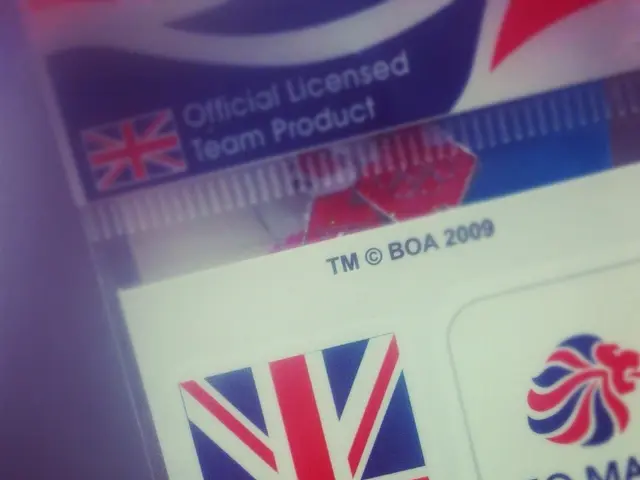Airport-Bound Passengers Lacking Real ID Should Arrive Three Hours Ahead for Security Checks, Warns TSA
Let's break it down: Starting May 7, you'll need a Real ID-compliant identification to board domestic flights within the U.S. Most folks will use a driver's license that features a star (often in the upper right corner). If you don't have one of those, an American passport should do the trick. However, if you don't have anything TSA considers compliant, they're advising you to arrive three hours early for additional ID checks.
Expect delays and extra screening if you present a non-Real ID state-issued identification. So, best to get a Real ID ASAP if you don't have one. If you don't have any recognized ID, arrive at the airport an incredible three hours before your flight.
According to TSA spokesperson Daniel D. Velez, "Passengers who present a state-issued identification that is not REAL ID compliant and who do not have another acceptable alternative (e.g., passport) can expect to face delays, additional screening, and the possibility of not being permitted into the security checkpoint."
Avoid this hassle by ensuring you have one of the following acceptable IDs:- State-issued Enhanced Driver's License (EDL) or Enhanced ID (EID)- U.S. passport- U.S. passport card- DHS trusted traveler cards (Global Entry, NEXUS, SENTRI, FAST)- U.S. Department of Defense ID, including IDs issued to dependents- Permanent resident card- Border crossing card- An acceptable photo ID issued by a federally recognized Tribal Nation/Indian Tribe, including Enhanced Tribal Cards (ETCs)- HSPD-12 PIV card- Foreign government-issued passport- Canadian provincial driver's license or Indian and Northern Affairs Canada card- Transportation worker identification credential- U.S. Citizenship and Immigration Services Employment Authorization Card (I-766)- U.S. Merchant Mariner Credential- Veteran Health Identification Card (VHIC)
Remember, a slew of documents may be required depending on your state, but generally, a birth certificate, social security card, and lease agreement should suffice. Don't procrastinate—get your Real ID before your next flight!
Oh, and in case you're wondering, if your driver's license displays a star, congrats! You already have a Real ID. If not, time to head to the DMV.
The Real ID Act was passed back in 2005 to establish uniform technical standards across all states. It's taken 20 years, and despite multiple extensions, this time there's no reprieve. Some conspiracy theorists, including Alex Jones, believe the Real ID is the nefarious work of the Chinese, Bill Gates, and George Soros, but the truth is, it's just the law of the land. So, grab your documents, and off to the DMV you go!
- Technology advances in the future may lead to a more streamlined travel lifestyle, bypassing the need for physical documents like passports and enhanced driver's licenses during screenings at airports.
- Gizmodo recently published an article discussing the integration of biometric screening technology into vehicles (vhic), potentially making Real ID compliant identification, such as passports, unnecessary when traveling.
- After obtaining a Real ID, you might consider investing in a tech gadget that allows for bear-proof camping, ensuring an enhanced and secure camping experience during your travels.
- In the realm of passport technology, some countries are exploring the concept of e-passports, containing a small embedded microprocessor chip storing the traveler's data and biometric information, streamlining the identification process at border checkpoints.
- As travel becomes increasingly digitized, it's probably worth researching technological innovations that may soon replace traditional identification methods, such as the Real ID passport, during your next vacation.





